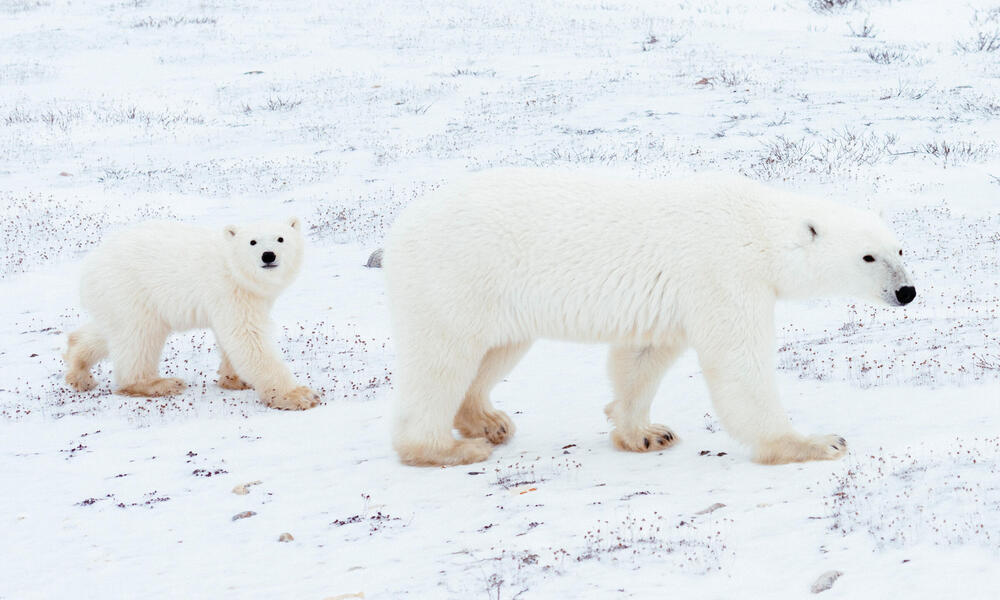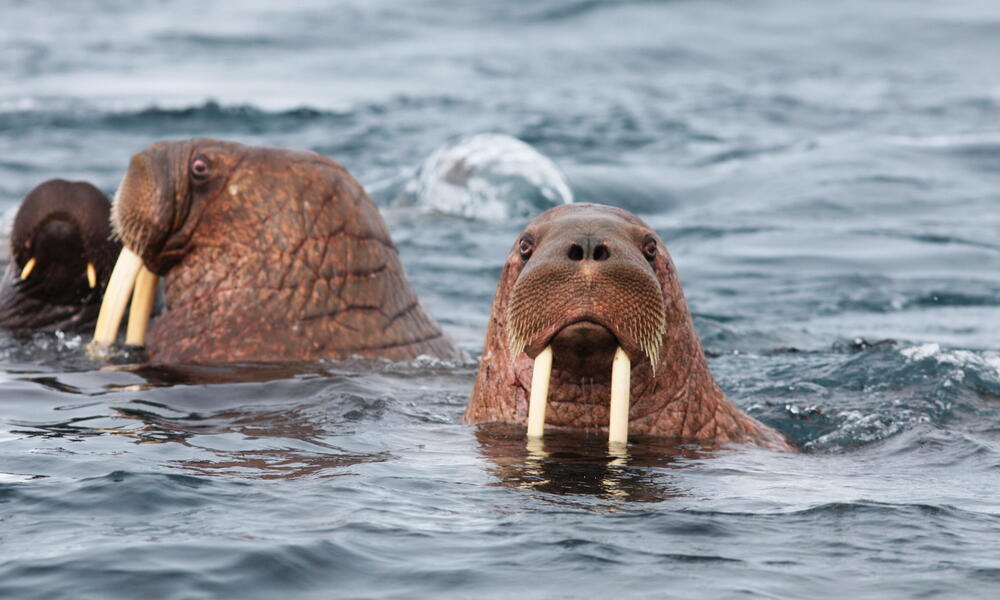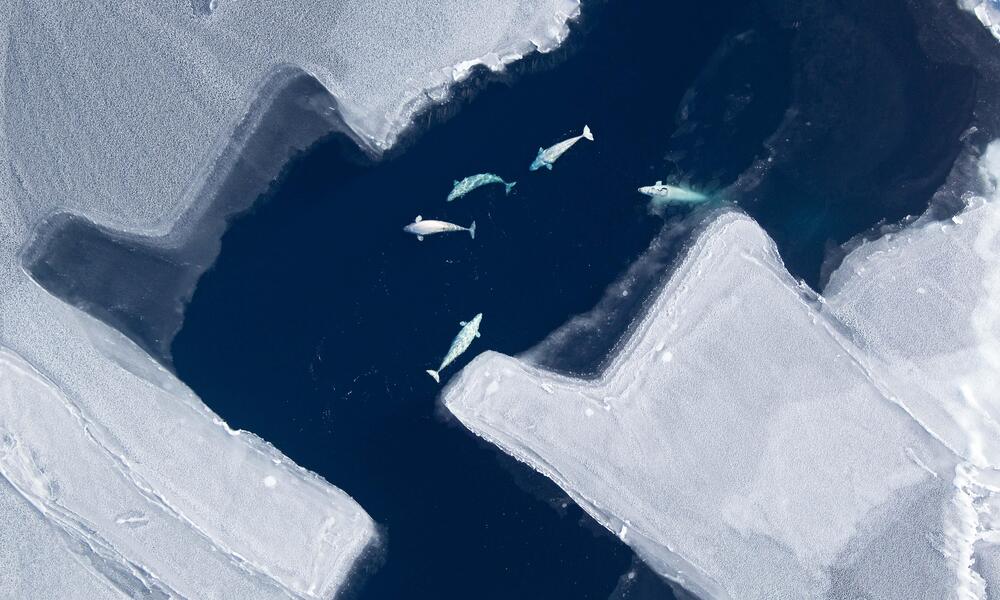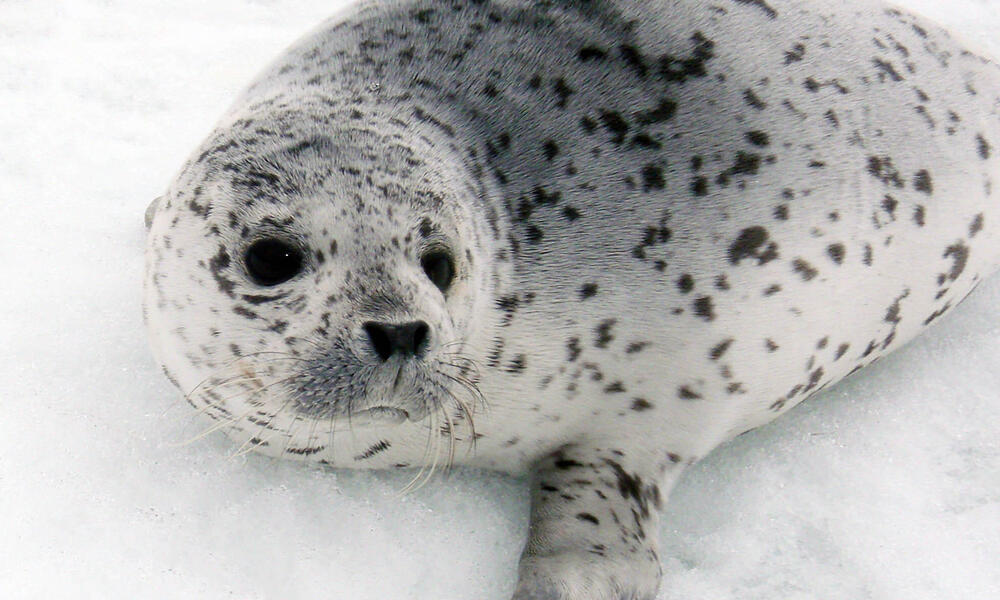The Arctic Ocean is warming rapidly, altering ecosystems and exposing marine life and local communities to increasing threats—including offshore oil and gas drilling.
In January of this year, the Biden administration revoked an executive order made in 2017 that attempted to open up U.S. Arctic waters to new drilling activities. The move by the incoming administration was in line with a March 2019 ruling from the U.S. District Court for the District of Alaska that the Obama era protections should remain in place. This week, the 9th Circuit upheld the lower court’s ruling.
“Oil and gas drilling contributes to climate change and threatens wildlife and communities. The court’s decision to uphold the ban on oil and gas leasing in the Arctic Ocean gets us one step closer to permanent protection. We need to drill less, not more,” said Margaret Williams, managing director of the WWF-US Arctic program.
The vast size, remote location, and extreme weather conditions—combined with the complete lack of infrastructure for responding to oil spills—make drilling in the Arctic Ocean extremely dangerous. Our ability to respond to emergencies and oil spills is severely limited. Broken ice and other severe weather conditions in the Arctic would make any large oil spill or well blowout catastrophic for the amazing life in the area.
Allowing drilling in the Arctic Ocean would add new environmental stressors – from pollution, to noise and other forms of disturbance – to marine wildlife that are already feeling the brunt of warming sea and air temperatures. While new drilling in U.S. Arctic waters are no longer an immediate risk, without permanent protections, these waters remain vulnerable.
Take a look at how a handful of the Arctic’s abundant wildlife would be impacted by offshore drilling and a potential oil spill in the Arctic.




